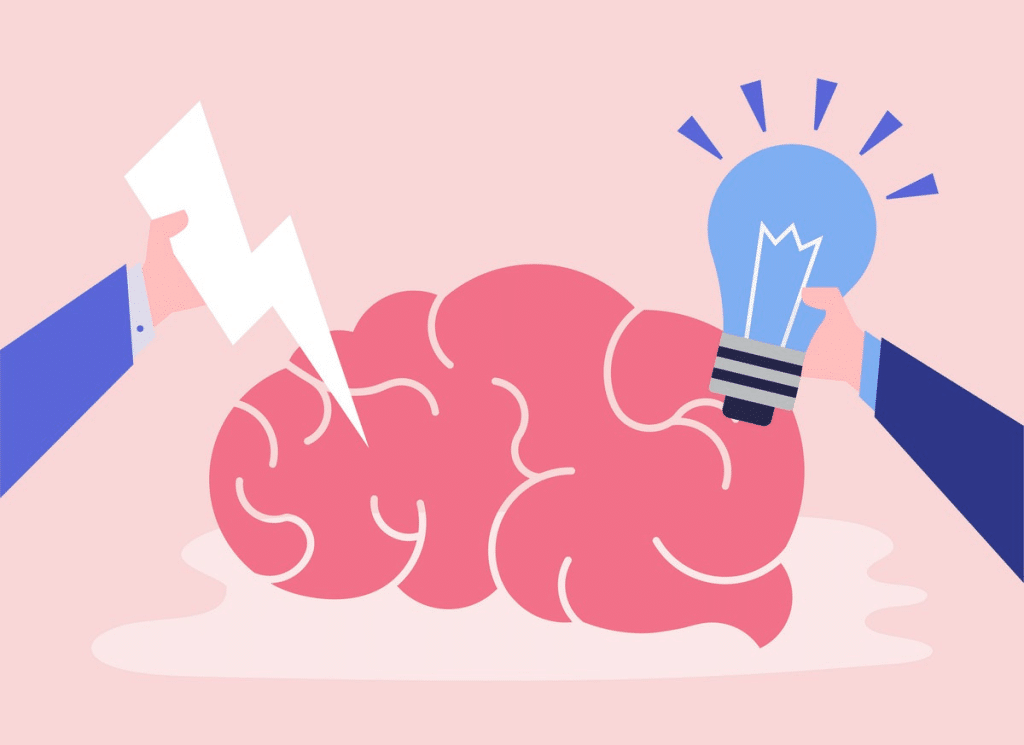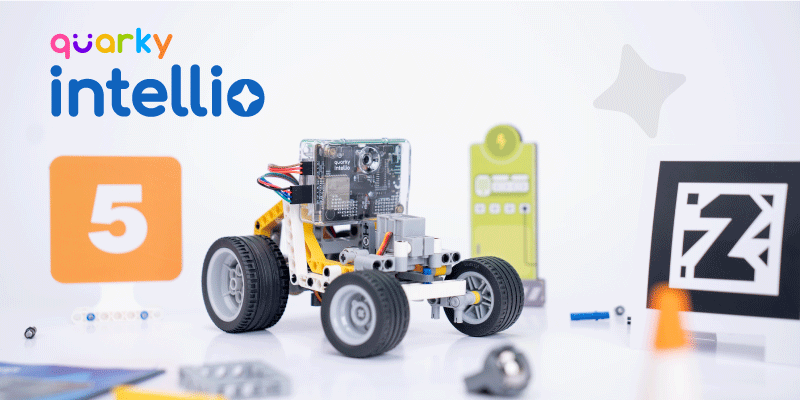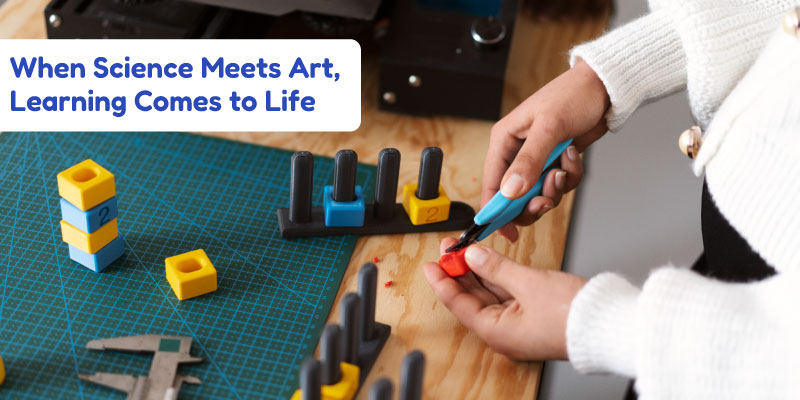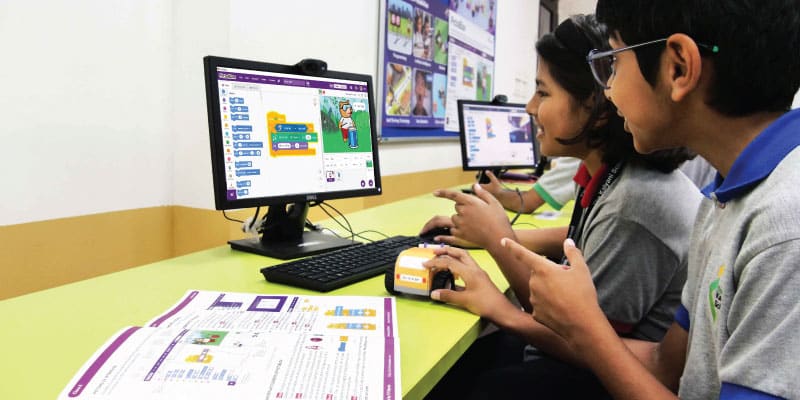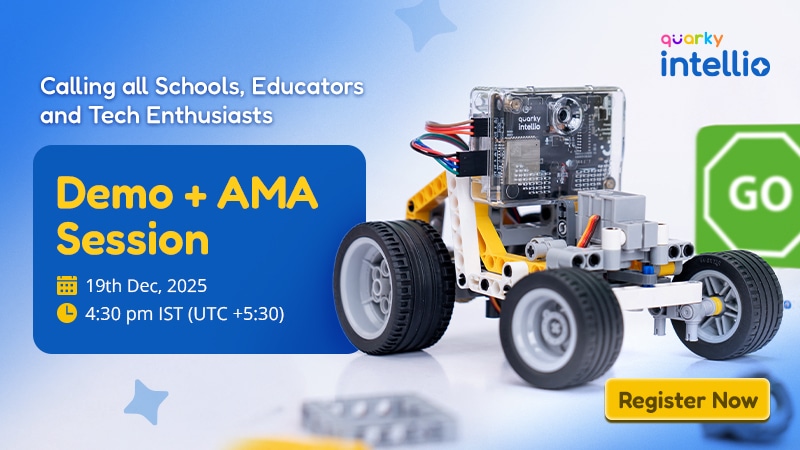In learning you will teach, and in teaching you will learn.
― Phil Collins
The impact of a good teacher is more than what meets the eye. And it is definitely more than what is visible on the grade sheet. If you are into the profession of teaching, you might know that out of a hundred students, barely twenty actively listen to you and only around ten of them actually end up making productive use of the knowledge provided by you. Now as teachers, the one thing we have to keep reminding ourselves of is the dynamic nature of students. We encounter students whose minds are scattered all over the spectrum of intelligence and understanding. It is important to know your students and provide knowledge in a way that can benefit them the most. One of the vital advantages of STEM learning method is that it gives full creative freedom to the educator. According to a report(2016) on STEM 2026 –
Diversifying when and where learning occurs promotes opportunities for culturally relevant pedagogies and activities by facilitating new modes of exploring STEM concepts and developing STEM skills. Flexible learning spaces are adaptable to the learning activity and invite creativity, collaboration, co-discovery, and experimentation inaccessible and unintimidating instructor-guided environments.
Freeing students from shackles requires freeing teachers as well. With the creative freedom provided by STEM, the educators can basically go bananas (we hear they’re in trend nowadays). Here are some tips on how you can utilize your freedom and make learning better for your students.
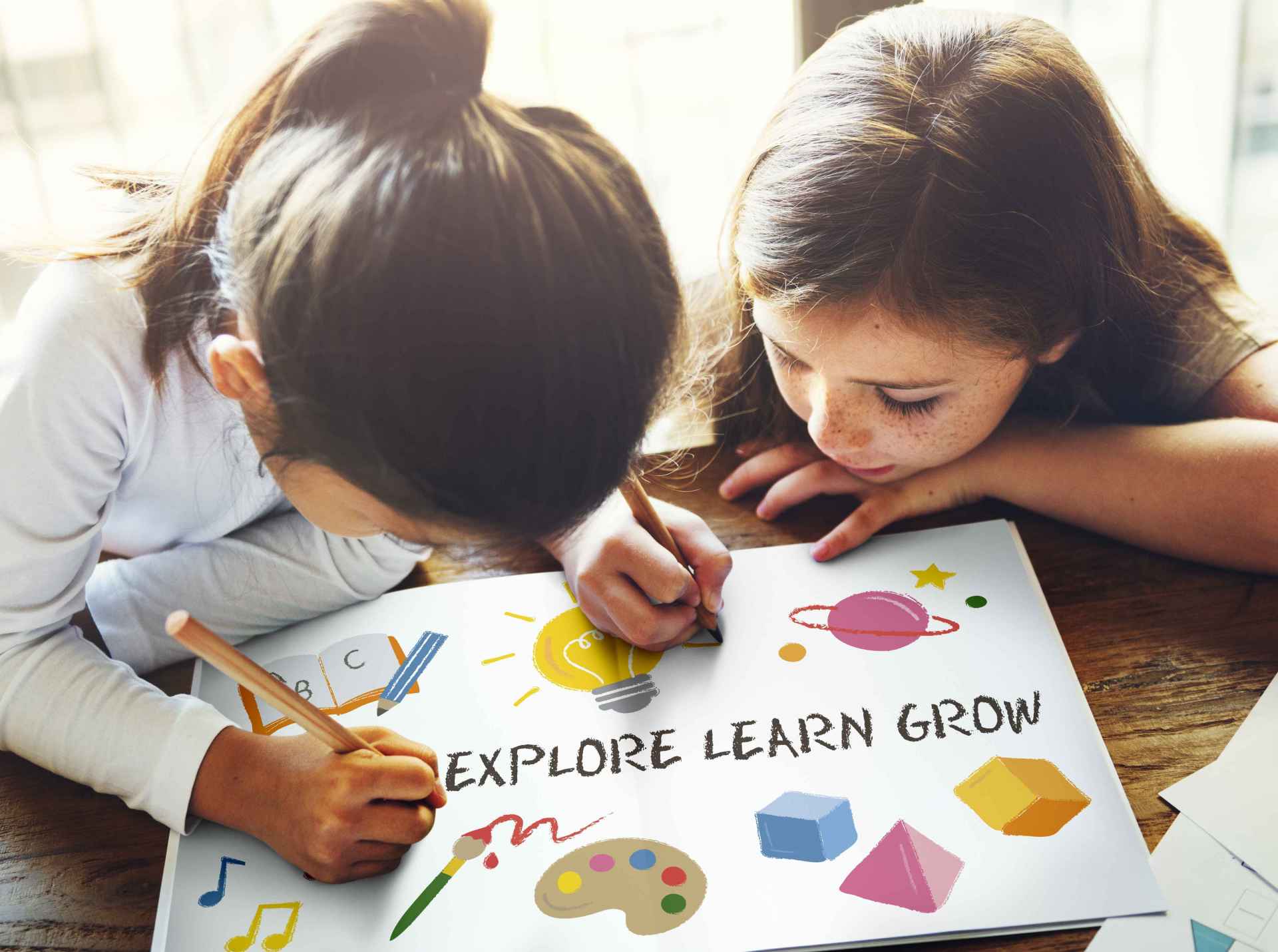
-
Acknowledge the Achievements
First and foremost is rewarding. Just as it makes you happy when a student appreciates your efforts, it also makes the students grin from ear to ear when their teacher acknowledges their achievements. They need not always be related to your subject, just appreciating your students’ efforts can create a good lasting impression on the kids’ minds which can lead to them being more attentive out of pure respect. As Jim Henson rightly says –
[Kids] don’t remember what you try to teach them. They remember what you are.
-
Plan with a Foresight
Having full freedom to teach should not lead to vagueness in the course. As much as it is important to maintain heterogeneity in your course, it is also vital that you retain long-term uniformity in your process of teaching. For example, at the end of the class, you may plan an activity that is completely opposite to what you’ve been teaching to give kids a break. But in addition to being fun, the activity also has to have some underlying positive influence on the children.
-
Keep Yourself Updated
The world has never been faster. All thanks to digital media, we can now know everything that happens, no matter how silly it may be, in any part of the globe. It can be difficult to keep in pace with the world, but it is not impossible if a bunch of like-minded innovators comes together. Curiosity is the core of STEM learning and this tip is to make sure that you not only keep in touch with but also expand your boundaries. If you bring the newest updates into the classroom, your students will be inspired to explore as well. You can easily plan a brief TIL(Today I Learned) session at the beginning of the class.
-
Expose Students to Creative Platforms
It is important to recognize and encourage creative minds. And the humankind has always made sure of that. As a result of which, we now have infinite minds creating the most beautiful and intelligent content in this world. We have awesome STEM-based movies, TV shows and YouTube channels all around us. Not to forget books and online courses as well. It is evident that you cannot show movies and TV shows in the class, but you can definitely introduce the students to them! You can prepare a brief summary of the storylines and generate curiosity in kids’ minds. You can also have group discussions on such movies, TV shows, and other platforms once a week.
-
Encourage Question-Hour
Even our parliament does it, so why shouldn’t you? If you follow the tips mentioned above, questions are bound to arise. You may or may not know the answer to everything, but that’s the fun! You can either answer your students or better yet, you and your students can find the answers together!
-
Hold Yourself (and Your Students) Accountable
It can happen, during discussions and teaching process that you promise something to your students. Now just as we check students’ homework regularly, they also have the right to check your homework now and then. If you hold yourself accountable to your statements, your students will learn the same from you and who knows, you won’t have to be the strict-homework-checking-person at all!
-
Trust the Right Resources
Internet is a great place to find information, but it can be quite a task to find reliable content. But no worries, STEMpedia is here for you! STEMpedia produces all kinds of hardware and software material that you can possibly need as the stepping stone for STEM learning. Our website is filled with DIY projects, tutorials, online courses under the title of STEM Safari, evive Starter Kit and fun software like PictoBlox and Dabble.
In a Nutshell
The one thing that can lead to effective learning is effective teaching. There comes a time in every teacher’s professional life when they feel that something needs to change. Well, we have you covered. This blog has an abundance of all the different ways in which you can approach teaching – including interesting concepts like TIL Sessions, Question-Hour and different creative platforms. We also give you a hint of where you should go if you’re looking for fun movies, YouTube channels, DIY projects, tutorials, online courses, and even mobile applications.
Feature image is taken from rawpixel.com

